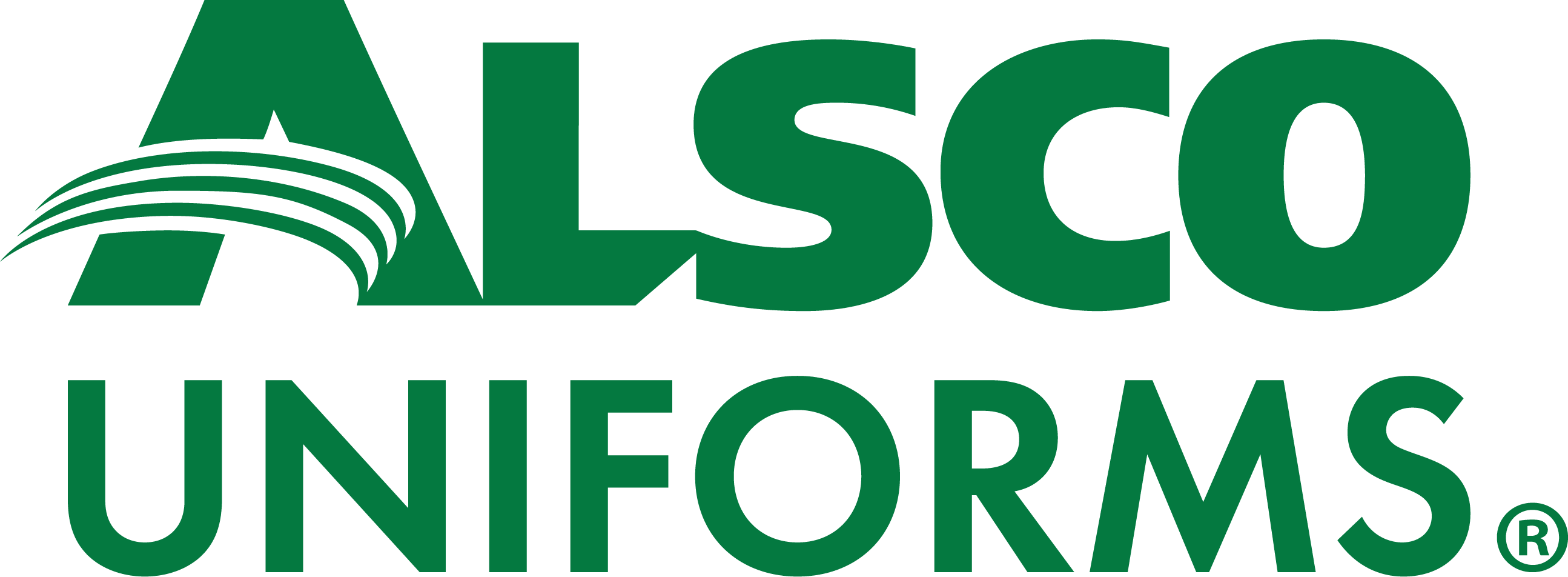
The typical restaurant dress code for work uniforms has evolved over the decades, with a decreasing focus on formality. Later, there was a shift from using employees to firmly establish brand identity toward making them simply look unobtrusive and professional.
The Evolution of Restaurant Staff Dress Code
Restaurant dress codes have evolved over time in the following ways:
The Early Years of Restaurants
While there’s no universal restaurant staff dress code, general trends have evolved over time. It’s also worth noting that the formality of fine dining has led to certain trends in this specific industry becoming deeper set more quickly.
When the restaurant business began to take a form recognizable as what we see today, waiting staff were initially mostly men. These staff members would dress formally, wearing white or black suits. They would wear white gloves, helping to show that they had not touched a person’s food. In formal dining, restaurants typically have a similar dress code even today, although the gender disparity is much less pronounced.
The clothing of cooking staff has also evolved, although there has generally been a greater focus on practicality. One notable exception is the toque (the stereotypical “chef’s hat”). This began primarily as a status symbol in the kitchen but is now more often worn for protective purposes.
The ‘90s
Starting far earlier than the 1990s, there has been a trend away from formality in restaurants. It’s noteworthy that outings people now view as “casual” were once considered bigger events. Families would dress in nice clothing when going to restaurants, and it would be important for establishments to reflect that. With the rise of a more casual attitude toward dining and, by extension, more casual establishments like diners, this became less the case.
Certainly by the 1990s, it would not be at all unusual to see staff dressed in a way that one could describe as professional but not formal. Outside of fine dining establishments, it’s rare to see waiting staff wear gloves or suits. Often, they will wear relatively nice pants, a shirt bearing an establishment’s branding, and an apron. Many restaurant chains also had identities they wanted to establish, and they might use the designs of their staff’s uniforms to help project that identity.
At this point, there also seems to be significant variety in how kitchen staff dress. While regulation and practicality still guide how these staff members dress, the typical “chef’s outfit,” with a hat and very distinctive coat, is now much rarer (although still the norm in many places). Many kitchen staff don’t wear headwear at all, unless they have long hair (helping to prevent it from falling into food).
The Early 2000s
While the topic is an interesting one, there aren’t many reputable sources tracking how restaurants have evolved their dress codes over the past few decades specifically. This is admittedly, at least in part, because there haven’t been quite as many dramatic shifts seen over these past few decades compared to when restaurants started to veer away from formality.
One interesting evolution that can be seen on record is that major brands seem to have trended toward uniforms that might overall be described as reserved and unobtrusive. This came after a period where some, such as McDonald’s, were using more striking (and, to a modern eye, some might say garish) designs using stripes and bright colors.
By 2009, McDonald’s began using a uniform design that was primarily one color (initially blue, whereas in the past they mostly used red and white). It seems that a trend had begun of making staff less of a tool to establish brand identity beyond dressing them professionally and making sure their behavior aligned with company values.
Modern Dress Codes
As time has progressed, many of the dress code trends from earlier in the 2000s seem to have held. Many restaurants want staff that look professional but not overly formal or garish. The level of branding varies, but it is fairly typical that employees will still have a company’s logo on their shirt and possibly a hat or visor.
Tattoos & Piercings
One cultural shift that has now started to become quite widespread relates to how businesses and the public view tattoos. For a long time, tattoos and piercings were stigmatized. Some businesses wouldn’t employ people with tattoos. Even in the 1990s and early 2000s, it would be very common that a business would require tattoos to be covered while an employee worked. Most would require obvious piercings (with the exception of ear piercings) be removed during work hours.
This seems to be changing, with even big businesses like Starbucks changing their dress code policies to allow visible tattoos so long as they aren’t obviously incendiary. Professionals say these types of changes are likely for multiple reasons. First, the stigma around things like tattoos and piercings aren’t the same as they once were. Most people are either indifferent to tattoos and piercings or think they’re fashionable.
There is also the issue of practicality. Certain restaurant staff positions are often entry level, attracting young applicants. Tattoos and piercings are most popular among this demographic. It doesn’t necessarily make sense to limit your applicant pool over traits most find non-problematic.
Uniform Rental Services
A restaurant’s staff dress code needs to evolve with what customers and, to a much lesser extent, employees expect. While uniforms need to remain practical, most of the changes described above are cultural. Restaurants want to be perceived positively, so they have staff dress in a way that will be perceived as such by the public.
Evolving with these trends is at least in part a matter of uniform inventory management. At Alsco Uniforms, we can make this process easy for you with our uniform cleaning service.
Our uniform rental services ensure that your restaurant employees always have clean, professional, and comfortable uniforms that reinforce your company’s branding and image. Contact us today to learn more about how we can simplify this process for you. We’re ready to help with your restaurant uniforms.
References
Are you being served? A short history of waiters and servers in restaurants. (August 2020). Europeana.
The Fascinating History of the Chef’s Uniform. Culinary Institute of America.
McDonald’s Uniforms From 1950 to 2017. (May 2017). Eater.
The Culture Implications of Starbucks New Dress Code. gothamGovernment Services LLC.
‘Jacket Required’ No More? How the Pandemic Changed Dress Codes. (June 2021). The Wall Street Journal.
